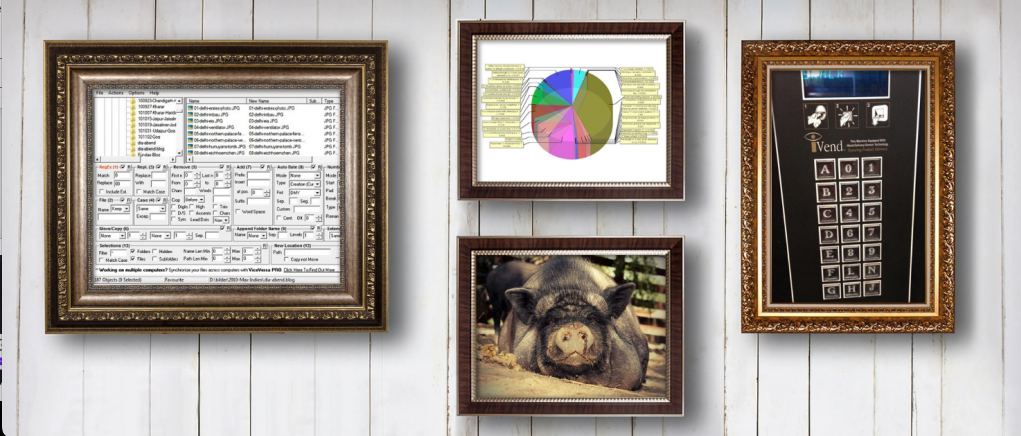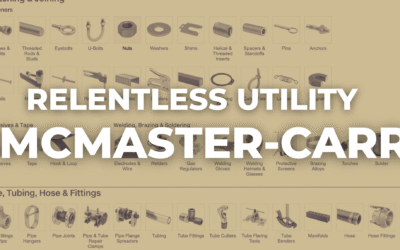One thing not to ask a designer and three reasons why
It happened again yesterday. I was working through the details of some random user interface problem, and a new email landed in my inbox. As soon as I read the harmless subject line, my heart sank a bit. I’d been asked once again to make something look pretty.
It wasn’t the first time in my career as a designer that I’d received a similar request, and it likely won’t be the last. Thankfully it doesn’t happen very often, and it almost always occurs within the context of a new working relationship where past experiences have formed a foundation of expectations about the roles to be played by each team member. I also realize that designers can be notoriously sensitive, and while this can be a very helpful trait, it can also lead to hasty emotional conclusions.
Despite knowing these things, I was a little surprised to be reminded of the effect this question had on me, so before moving ahead with my new assignment, I began to write down a few ideas that ultimately grew into this article. Initially I imagined publishing a list of communication tips for all people who interact with designers — something like “10 things you should never say to a designer” or perhaps “10 things you should never say to anyone” (if you prefer the “everyone is a designer” framing*). Maybe one day I’ll get around to this larger list, but for now I thought it might be helpful to unpack my thoughts about this question as well as offer a few tips to those about to ask it. Here goes.
Asking a designer to make something look pretty assumes that the core problem has already been identified.
One of the fundamental aspects of design is exploring the roots of problems — seeking to understand the deeper meanings, motivations, and influencing systems at the heart of things. A part of this discovery process involves asking clarifying questions about the makeup and desires of the intended audience as well as questions about the goals of the business and the context within which the message or product will be experienced.
Tip to requester-for-pretty: If you are not able to invite a designer to identify the problem with you, adding the backstory that addresses fundamental questions about the audience, their needs, and the needs of the business will make for a much prettier product.
Asking a designer to make something look pretty assumes that the best solution has already been determined.
Another fundamental aspect of design is imagining possible ideas that might effectively solve the identified problem or meet the identified goal. As these ideas emerge, they are tested, refined, and narrowed — expressing both form and function as drafts, sketches, prototypes, or even semi-finished products that sometimes just don’t look very pretty.
Tip to the requester-for-pretty: If you are not able to invite a designer to imagine and refine possible solutions with you, adding the backstory of how the thing you are handing off was developed into its current state will make for a much prettier product.
Asking a designer to make something look pretty assumes that the primary role of a designer is decoration.
I’m certainly not arguing that pretty is unimportant. The aesthetics of a message or product set the emotional context for engagement. Appearance establishes tone and even can make something function better, at least perceptually, because it is presented with a more attractive surface. Yet even the designer who has attained the highest level of mastery with the elements, principles, and tools of user interface design (or graphic design, visualization design, motion design, industrial design, etc.) still needs to find a way to integrate the form with the function. Asking someone to make something look pretty without also providing a context for understanding and insight diminishes their ability to do little more than provide you with an intuitive guess followed by the worst possible question for a designer to ask a client, “Do you like it?” (For a more extensive overview of things to keep in mind when presenting a design, I highly recommend Mike Monteiro’s advice, especially point #13).
Tip to the requester-for-pretty: If you wait until the end of a much longer process to ask a designer for help, you miss an opportunity for a much more thoughtfully integrated product. If nothing else, along with your request, pass along as much related insight and understanding as possible, and be open to some feedback that may challenge your core assumptions. Also, instead of asking, “Can you make this look pretty?”, consider rephrasing your question to something like:
- Can you make this communicate more clearly?
- Can you make this easier to use?
- Can you make this more enjoyable to experience?
Back to my inbox. In case you’re wondering about the next steps I took with my new project, I picked up the phone, called the (well-intentioned, bright, and open-minded) person who sent me the email with the harmless subject line, and began asking questions.
I actually agree with the “everyone is a designer” framing, at least in the general sense that all people are creative and can help identify problems, imagine ideas for making things better, test these ideas, and contribute to future refinements of the thing being made. When the focus and meaning of design gets more particular, however, for example the field of graphic design (and understanding the principles, elements, and tools of the trade) referring to everyone as a designer becomes a confusing generalization.
Originally posted here on Medium, posted on UMS with permission from Mike.






0 Comments